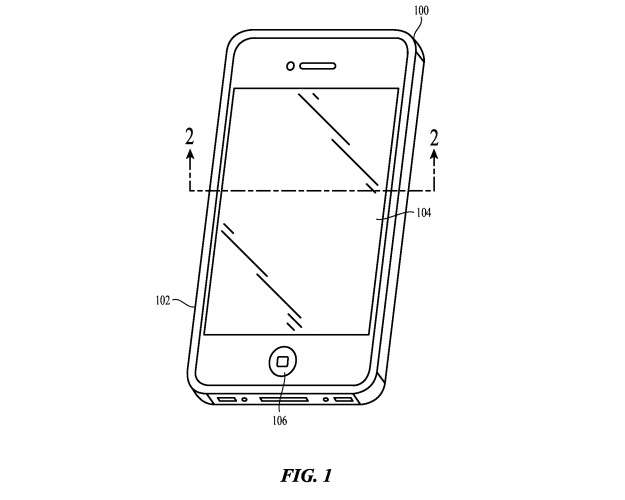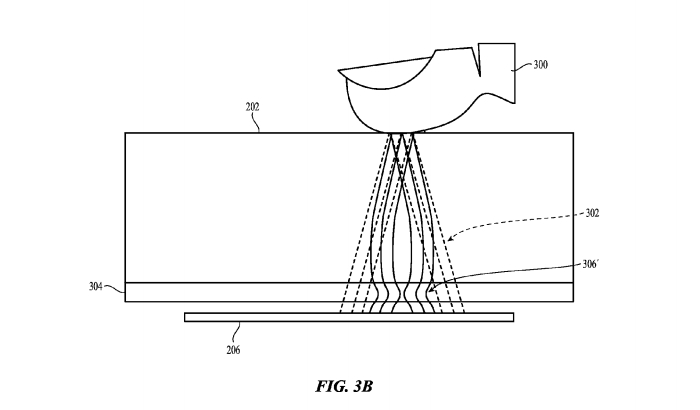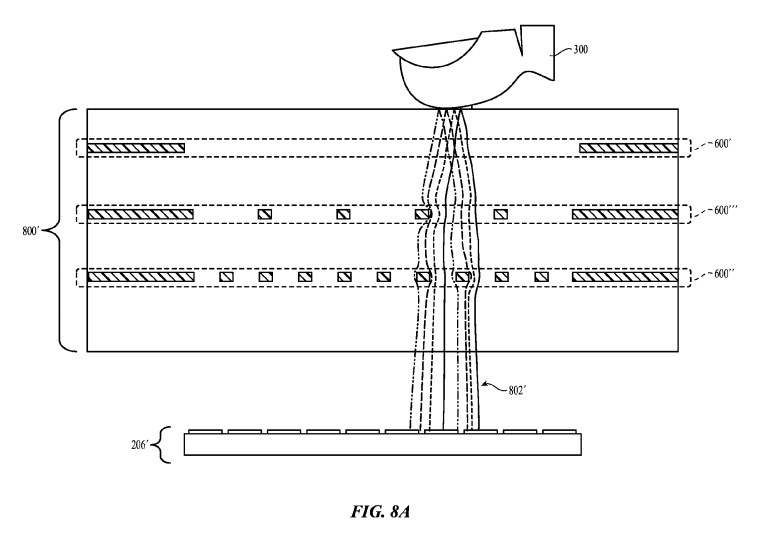More Proof The iPhone 8 Is Getting The Revolutionary New Feature You're Waiting For
Next year's iPhone will bring the radical redesign many people wanted for the iPhone 7. At least one iPhone 8 version will have an OLED display, many reports have shown. Other rumors indicated the phone might have curved edges and a screen that occupies almost the entire front surface of the phone. That means the home button that provides vital features will have to be relocated under the display, as Apple can't just remove it. And now there's even more proof that Apple has been actively studying ways to place a button under an already sophisticated iPhone screen.
DON'T MISS: Another iPhone bursts into flames, sending the owner to the ER
Awarded on Tuesday, US Patent No. 9,460,332 is titled Capacitive fingerprint sensor including an electrostatic lens. That doesn't sound very appealing until you realize the patent describes ways of placing a button with fingerprint scanning capabilities under the screen.
The home button has at least one critical feature, and that's the fingerprint scanner that's used to unlock the phone, log into apps and services, and authenticate Apple Pay transactions. Even if the physical home button is removed, the Touch ID fingerprint scanner can't be removed. Other features of the home button can easily be replaced with gestures that can take advantage of the screen's 3D Touch feature.
The iPhone 7 is the first iPhone not to have a physical home button. The new capacitive button still provides tactile feedback using a Taptic Engine, similar to some MacBooks. These are all indications that the home button will be incorporated into the screen at some point in the future.
Today's patent reveals that Apple is looking at technology that would let the Touch ID sensor read a fingerprint through the various layers of the display. Currently, the sensor needs direct contact with the finger. But Apple is looking to change that for Touch ID solutions of the future so that direct contact between the finger and the sensor would no longer be required.
As always, the technology described in patents may not make it into commercial products. The same goes for the tech outlined in this document. However, the new patent proves that Apple wants to remove the home button in the future without losing the features associated with it. And while the patent doesn't mention the iPhone in particular, the very first image in the documentation shows an iPhone complete with home button.
The full patent, filed back in September 2014, is available at this link.


